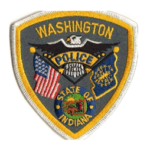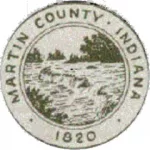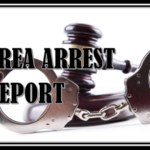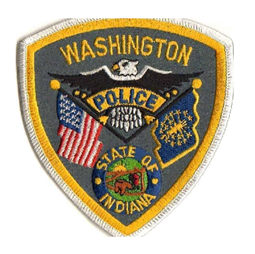Dawn and dusk: Deer are most active at dawn and dusk. But deer can appear at any time especially during the mating season, which is in full swing from October through December. Deer can appear at any time. Be sure you and your passengers are wearing seat belts.
Deer crossings: Pay attention to deer crossing signs. Be alert and observe your surroundings for any signs of deer while on the road. Deer are abundant in forested areas, so its important to drive cautiously even if you’re no longer in a deer-crossing zone.
See one, watch for more: Deer tend to travel in packs. So, if you see one deer, slow down and proceed with caution, be prepared for more to follow. If you see a deer, slow down, tap your brakes to warn others, or flash your lights and sound your horn to warn other motorists. It will give everyone an opportunity to slow down.
Driving at night: If there is no oncoming traffic, turn on your bright lights: You’ll not only be able to see clearer, but you’ll have a greater chance of spotting a deer from a distance and allow you to react accordingly.
Don’t swerve: Do not swerve to avoid a deer collision. By swerving you put yourself at risk for a worse collision with another motorist or running off the roadway. Brake firmly and stay in your lane.
Report deer-vehicle collisions: If you happen to get involved in an accident, contact local authorities to report it so you can get an accident report for your insurance company.
Remember, deer are unpredictable and could dart into traffic at any time, so be alert at all times, ISP Sgt. Matt Ames said in a news release.













